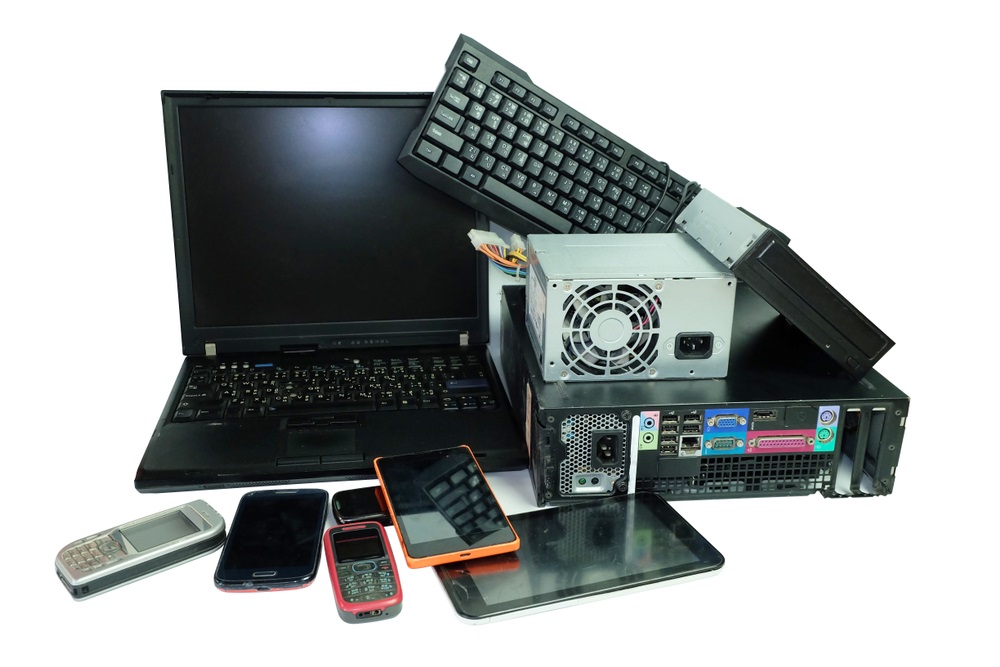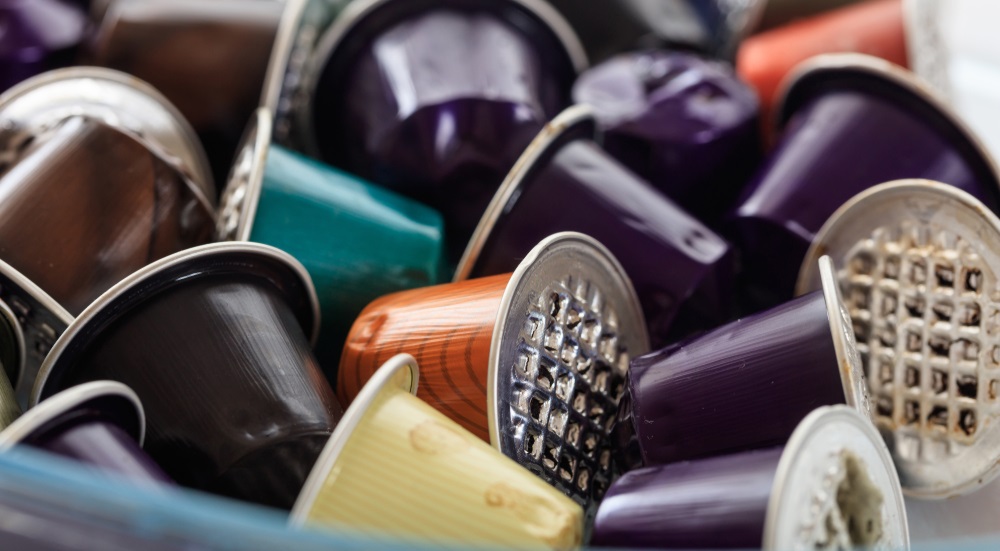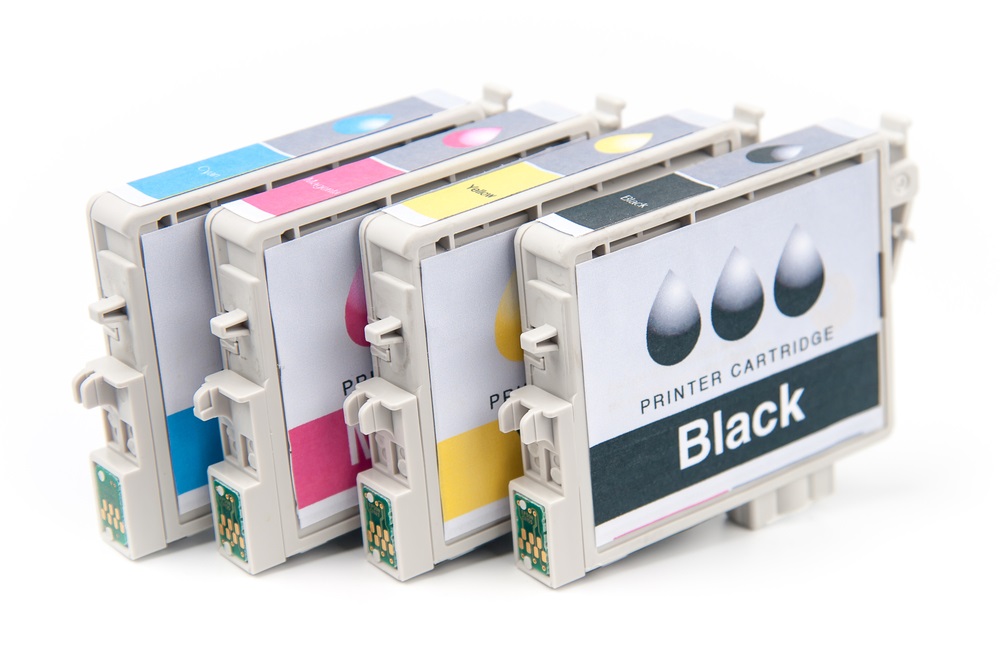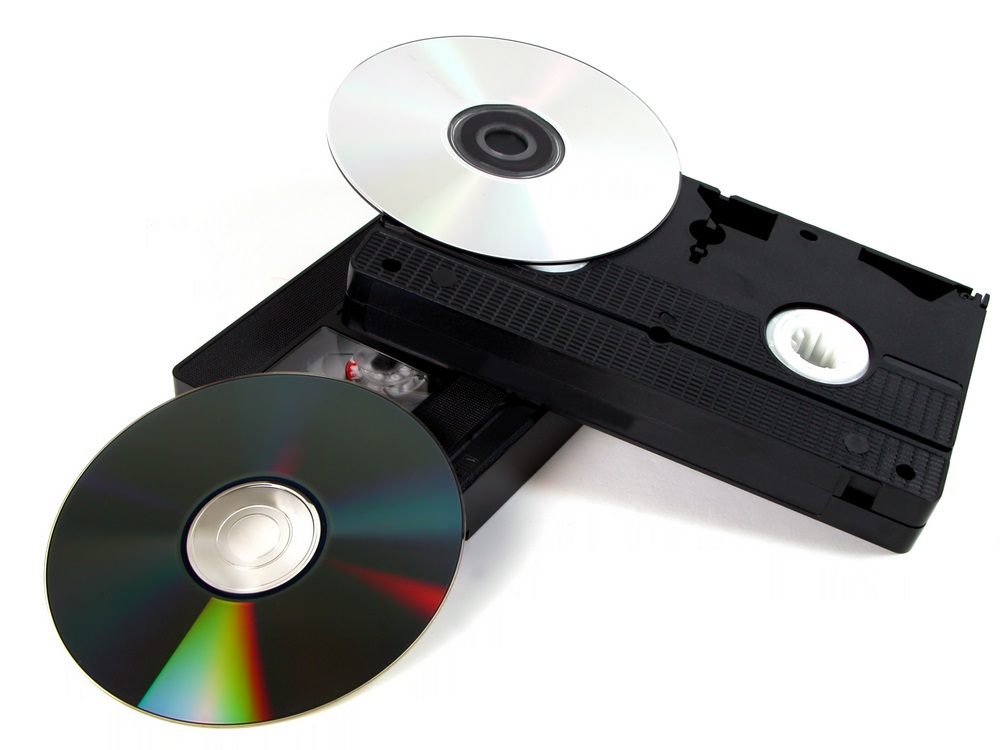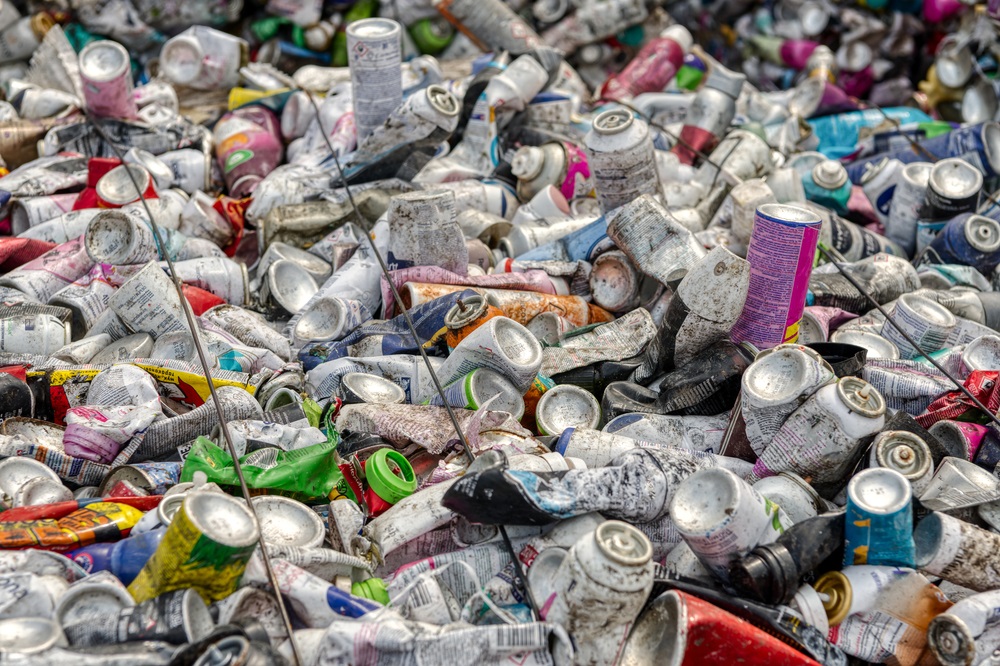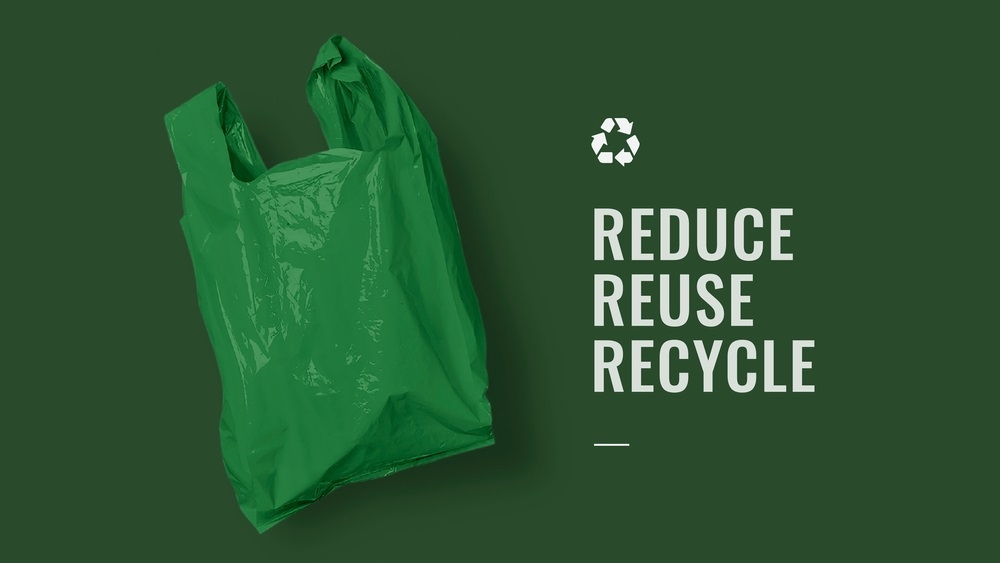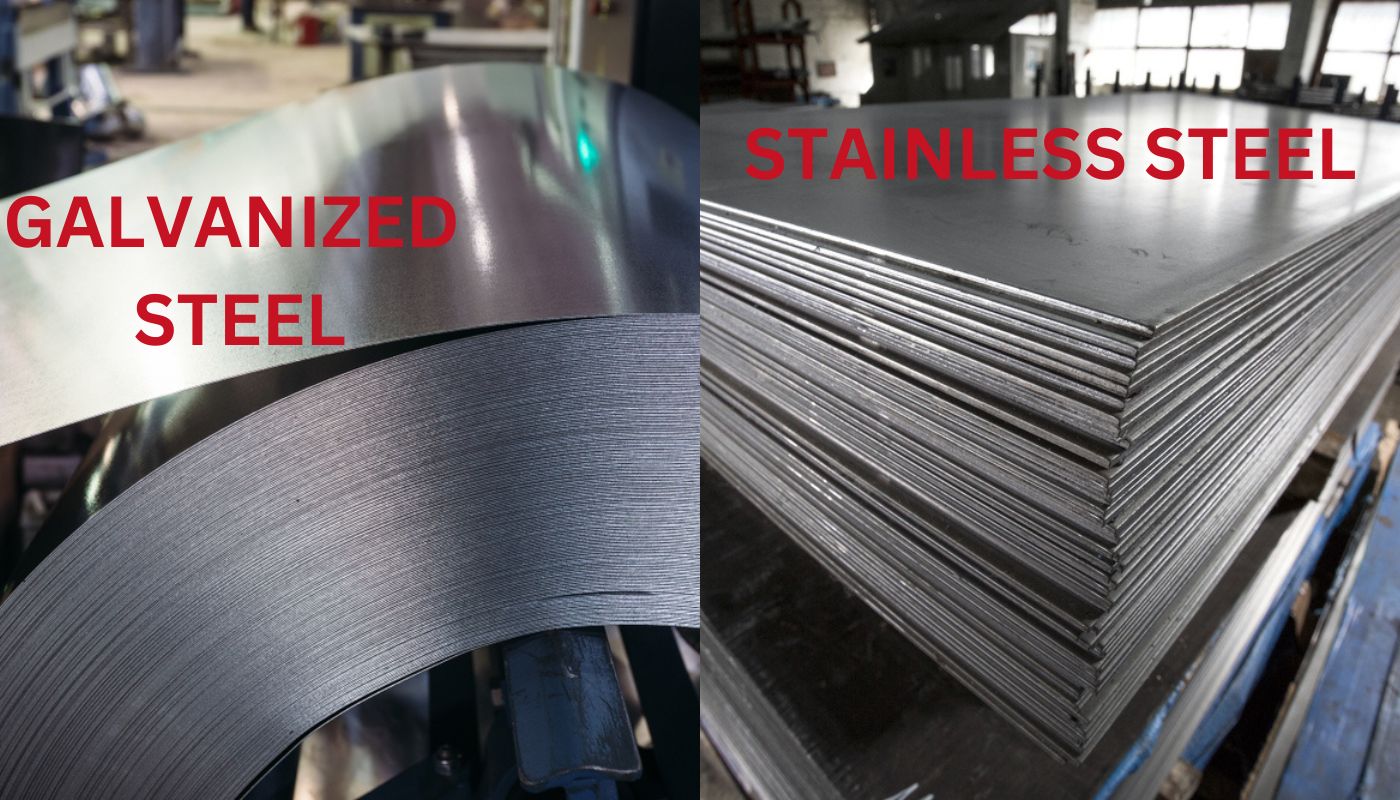
GALVANIZED STEEL VS. STAINLESS STEEL
June 6, 202310 KINDS OF COMMON BRASS TO RECYCLE TODAY
June 19, 2023What Household Items Can I Recycle? 11 Picks
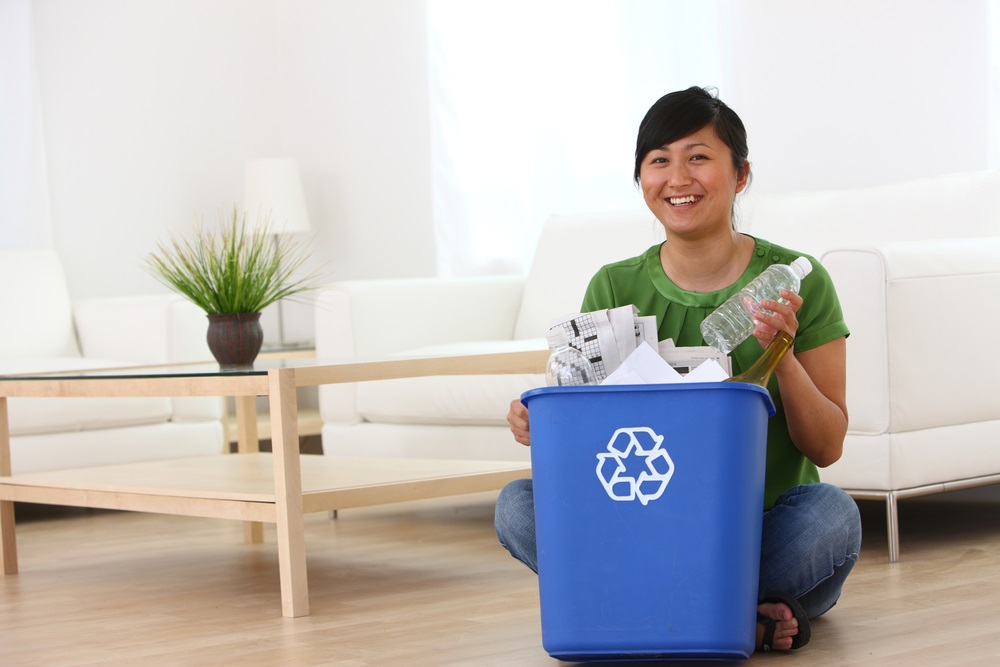
Recycling is an important practice that allows us to repurpose things that can be recycled. It has become an essential practice in our modern society. By properly recycling things that are recyclable, we can conserve resources and protect the planet for future generations.
“What can we recycle?” is a common question asked by environmentally conscious individuals. While many people are familiar with common recycled items like paper, plastic, and glass, numerous other household items can also be recycled.
In this article, we will explore 11 household recycled things that you may not have known could be recycled. By recycling these items, you can make a positive impact on the environment while reducing the amount of waste that ends up in landfills.
Why Recycle Household Items?
Recycling is an important way to reduce waste, and there are many things you can recycle, such as paper, plastic bottles, and aluminium cans. Recycling household items offers several benefits.
Firstly, it conserves natural resources by reducing the need for raw materials. When we recycle materials like paper, plastic, and metal, we can reuse them to create new products, reducing the demand for extracting and processing virgin resources.
Secondly, recycling helps reduce energy consumption. Manufacturing products from recycled materials often requires less energy than producing them from scratch. Additionally, recycling reduces the amount of waste sent to landfills, which helps reduce greenhouse gas emissions and prevent soil and water pollution.
Industries are increasingly incorporating recycled materials into their manufacturing projects to reduce waste and environmental impact. The recycling centre accepts various items, such as plastic bottles, aluminium cans, and paper products, which are all things that can be recycled. Cities’ recycling programs have expanded to include more types of recycled materials, making it easier for residents to participate in the recycling process.
Recycling Rates of Household Items
Recycled Materials | Recycling Rate (%) |
Books | 55 |
Old Electronics | 20 |
Athletic Shoes | 85 |
Coffee Pods | 40 |
Ink Cartridges | 60 |
Batteries | 15 |
Holiday Decorations | 70 |
VHS Tapes, DVDs, CDs | 30 |
Aerosol Cans | 65 |
Clothing and Bedding | 75 |
Plastic Bags | 10 |
Benefits of Household Recycled Items
Household recycled items are not only good for the environment but also for the future of our planet. By recycling, we can reduce waste, conserve resources, and minimize the negative impact on ecosystems. It’s amazing to see how many everyday objects, like cardboard boxes, glass jars, and steel cans, are things that can be recycled.
Products made from recycled materials reduce landfill waste and environmental impact. When sorting your trash, remember to separate the things you can recycle, like glass jars, cardboard boxes, and metal containers. It’s important to stay informed about what can we recycle to minimize our impact on the environment.
Recycled Materials | Environmental Benefits |
Books | Conservation of trees by reducing the need for new paper production. |
Old Electronics | Recovery of valuable materials like gold, silver, and copper. |
Athletic Shoes | Transformation into materials for playground surfaces or sports fields. |
Coffee Pods | Potential recycling or composting of biodegradable pods. |
Ink Cartridges | Conservation of plastic and reduction of landfill waste. Recovery of valuable materials. |
Batteries | Proper disposal of harmful chemicals. Recovery of valuable materials like metals and chemicals. |
Holiday Decorations | Recycling of artificial trees, lights, and ornaments. Potential reuse or repurposing of materials |
VHS Tapes, DVDs, CDs | Recovery of materials like plastic and metals and reduction of e-waste. |
Aerosol Cans | Recycling of empty cans and recovery of metal components |
Clothing and Bedding | Recycling or repurposing for new materials |
Plastic Bags | Reduction of pollution and harm to wildlife and ecosystems |
11 Household Items To Recycle
If you’re wondering which household things to recycle, we’ve got you covered. Many cities have implemented recycling programs to reduce waste and encourage citizens to dispose of things that can be recycled responsibly. Also, many municipalities have specific guidelines on what items can be recycled, so it’s important to check with your local recycling program for the details.
Here are 11 common household recycled items that you should definitely consider recycling instead of throwing away.
It’s encouraging to see more people asking, “What items can be recycled?” as awareness about environmental issues continues to grow. Many people are still unaware of the full extent of what can we recycle, so spreading awareness is crucial.
Books
Books can be recycled to help conserve trees and reduce waste. Instead of letting your old books collect dust on the shelf, donate them to libraries or schools, or find book recycling programs in your area. Old newspapers and books contribute to recycling efforts and create new items from recycled materials.
Check with your local recycling centre or library to find out if they accept books for recycling. Some organizations also collect used books for donation to schools, hospitals, or prisons. collected According to recent statistics, in Australia, approximately 69,000 tonnes of paper and cardboard were recycled in 2020.
Statistic | Value |
Number of books recycled annually in Australia | 13,680 tonnes |
Percentage of books that end up in landfills | 20% |
Amount of resources saved by recycling 1 ton of books | 17 trees |
Energy saved by recycling one ton of books | 4,000 kWh |
Old Electronics
Electronic devices such as old cell phones, laptops, and televisions can contain valuable materials that can be recycled, including metals like gold, silver, and copper. Many electronics retailers and manufacturers offer recycling programs or accept old electronics for proper disposal.
The eco-conscious companies produce innovative products using recycled materials. In Australia, electronic waste is a significant issue, with approximately 498,000 tonnes generated in 2020.
Statistic | Value |
E-waste generated in Australia annually | 540,000 tonnes |
Percentage of e-waste that is recycled | 17% |
Value of materials recovered from one ton of e-waste | $5,000 – $10,000 |
Number of old cell phones recycled in Australia each year | 2.4 million |
Amount of gold recovered from one ton of e-waste | 100-150 grams |
Athletic Shoes
Instead of throwing away worn-out athletic shoes, consider recycling them. Some shoe companies have recycling programs that turn old shoes into materials for things like playground surfaces or sports fields.
According to recent data, around 14,500 tonnes of textiles were recycled in Australia in 2020. This includes various types of clothing and footwear.
Statistic | Value |
Number of athletic shoes disposed of in Australia each year | 25 million |
Percentage of athletic shoes that end up in landfills | 85% |
Energy saved by recycling one pair of athletic shoes | 30 kWh |
Amount of rubber and foam recovered from one ton of recycled shoes | 700-900 kilograms |
Coffee Pods
Single-use coffee pods are popular but can contribute to a significant amount of waste. However, many coffee pod brands now offer recycling programs or biodegradable options. Look for pods that are compatible with recycling programs or consider using refillable pods to reduce waste. In Australia, coffee capsules accounted for around 7,100 tonnes of waste in 2020.
Statistic | Value |
Number of coffee pods used in Australia annually | 6 billion |
Percentage of coffee pods that are recyclable | 50% |
Amount of aluminium recovered from one ton of recycled coffee pods | 700 kilograms |
Ink Cartridges
Printer ink cartridges can be recycled to conserve plastic and reduce landfill waste. Many office supply stores and printer manufacturers offer ink cartridge recycling programs. Different companies’ sustainability initiative encourages employees to recycle examples of waste reduction strategies. Some even provide incentives and recycling ideas, such as discounts on new cartridges or rewards points.
According to recent statistics, approximately 12,000 tonnes of e-waste, including printer cartridges, were recycled in Australia in 2020.
Statistic | Value | |
Number of ink cartridges sold in Australia annually | 20 million | |
Percentage of ink cartridges that are recycled | 40% | |
Amount of plastic saved by recycling one ton of ink cartridges | 2,500 kilograms | |
Batteries
Batteries contain harmful chemicals that can leach into the environment if not disposed of properly. Many communities have designated drop-off locations or recycling programs for batteries. Check with your local waste management or recycling centre for proper disposal options. The recycling centre provides a list termed ‘which products can be recycled’.
Recycling of various types of batteries aims to minimize its carbon footprint by using recycled materials in various industrial processes. In Australia, approximately 7,800 tonnes of batteries were recycled in 2020. Many communities have designated drop-off locations or recycling programs for batteries.
Statistic | Value |
Number of batteries sold in Australia annually | 350 million |
Percentage of batteries that are recycled | 3% |
Number of battery recycling drop-off locations in Australia | 2,500 |
Percentage of materials in batteries that can be recycled | 85% |
Holiday Decorations
After the holiday season, don’t throw away your decorations. Many holiday decorations, such as artificial trees, lights, and ornaments, can be recycled. Look for recycling programs specifically designed for holiday items in your area. Education and awareness campaigns play a crucial role in informing the public about what items can be recycled and how to properly dispose of them.
Statistic | Value |
Amount of holiday decorations disposed of in Australia annually | 5,000 tonnes |
Percentage of holiday decorations that can be recycled | 70% |
Amount of plastic saved by recycling one ton of holiday decorations | 1,000 kilograms |
VHS Tapes, DVDs, and CDs
With the rise of digital media, physical formats like VHS tapes, DVDs, and CDs have become outdated. However, they can still be reused for manufacturing multiple recycled materials. Some recycling centres accept these items, or you can look for specialized e-waste recycling programs.
According to recent data, approximately 5,400 tonnes of e-waste, including CDs, DVDs, and tapes, were recycled in Australia in 2020.
Statistic | Value |
Amount of e-waste generated by obsolete media in Australia | 8,000 tonnes |
Percentage of media items that are recycled | 25% |
Amount of plastic and metal recovered from one ton of e-waste | 500-700 kilograms |
Aerosol Cans
Empty aerosol cans, such as those used for air fresheners or hairspray, are typical recycled materials. Before recycling, make sure the can is empty and remove any plastic or rubber components. Check with your local recycling centre for specific instructions.
In Australia, approximately 20,000 tonnes of aerosol cans were recycled in 2020. Check with your local recycling centre for specific instructions.
Statistic | Value |
Number of empty aerosol cans disposed of in Australia annually | 70 million |
Percentage of recycled aerosol cans | 60% |
Amount of steel & aluminium recovered from 1 ton of recycled cans | 1,200-1,500 kilograms |
Clothing and Bedding
Textiles, including clothing and bedding, can be repurposed and are useful recycled materials. Donate gently used items to local charities or thrift stores. If the items are no longer wearable, some recycling centres accept textiles for recycling into new materials. In Australia, approximately 34,000 tonnes of textiles were recycled in 2020.
Statistic | Value |
Amount of textiles disposed of in Australia annually | 800,000 tonnes |
Percentage of textiles that are recycled | 15% |
Number of textile recycling programs available in Australia | 30 |
Amount of water saved by recycling one ton of textiles | 10,000-20,000 litres |
Plastic Bags
Plastic bags are a significant source of pollution and can harm wildlife and ecosystems. Many grocery stores and retailers have recycling bins specifically for plastic bags. Consider using reusable bags instead of single-use plastic bags whenever possible.
According to recent statistics, Australians used approximately 3.8 billion lightweight plastic bags in 2019. Consider using reusable bags instead of single-use plastic bags whenever possible.
Statistic | Value |
Number of plastic bags used in Australia annually | 5 billion |
Percentage of plastic bags that are recycled | 3% |
Number of plastic bag recycling bins in Australia | 3,000 |
Amount of plastic saved by recycling one ton of plastic bags | 1,000 kilograms |
Recycling Starts at Home
Recycling household items goes beyond the typical paper, plastic, and glass materials. By recycling items like books, old electronics, athletic shoes, coffee pods, ink cartridges, batteries, holiday decorations, VHS tapes, DVDs, CDs, aerosol cans, clothing, bedding, and plastic bags, we can make a significant impact on reducing waste and preserving natural resources with these recycling hacks.
Remember to check with your local recycling centre, waste management facility, or specific recycled materials programs to find out the proper disposal methods for these items. Remember to rinse out containers and remove any non-recyclable components before adding them to the bin for the things you can recycle.
Recycling is a simple way to contribute to the preservation of our environment and the conservation of resources by giving new life to things that can be recycled.
Start Small || Recycle Big
Make a difference today! Start recycling these often overlooked household items and be part of the solution to reduce waste and protect the environment. Together, we can create a greener future for all with recycled materials.
Join the recycling movement and make a positive impact on the planet!


